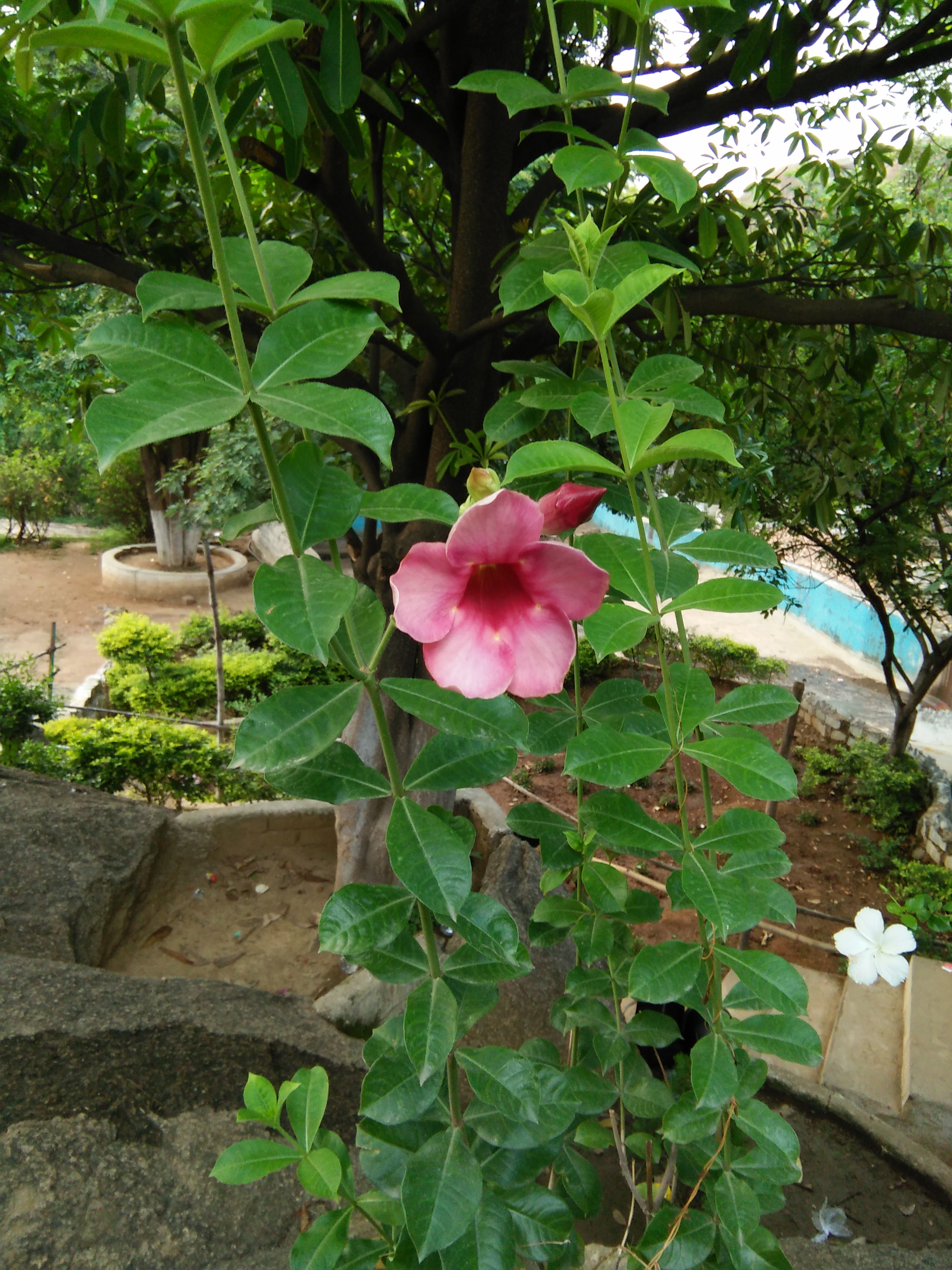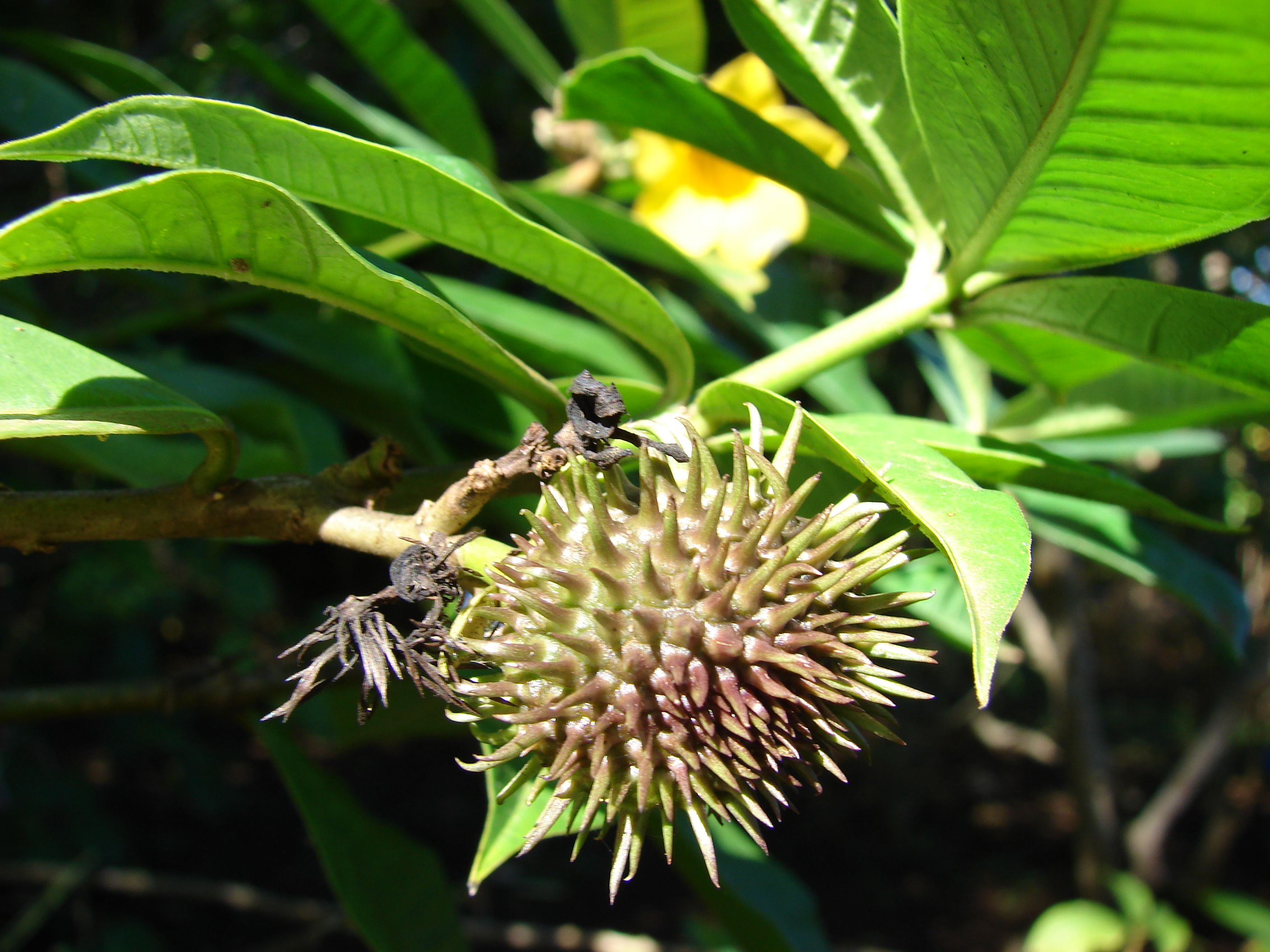|
Allamanda Blanchetii
''Allamanda blanchetii'' (purple allamanda, violet allamanda; Pilaghanti in Sanskrit synonym (taxonomy), syn. ''Allamanda violacea'') is a species of perennial flowering plant in the family Apocynaceae native to Brazil. Cultivated as an ornamental plant, it grows in full sun in USDA Zones 9b through 11 including central and south Florida, southernmost Texas, and coastal California. This plant's purple, bell-shaped blooms are about 3" across. It is also called red bell. From the stem fiber can be extracted which is very strong and silky white after chemical treatment. References External linksUSDA Plants Profile: ''Allamanda blanchetii''Flora Brasiliensis: ''Allamanda blanchetii'' Allamanda, blanchetii Endemic flora of Brazil {{Apocynaceae-stub ... [...More Info...] [...Related Items...] OR: [Wikipedia] [Google] [Baidu] |
Alphonse Pyrame De Candolle
Alphonse Louis Pierre Pyramus (or Pyrame) de Candolle (28 October 18064 April 1893) was a French-Swiss botanist, the son of the Swiss botanist Augustin Pyramus de Candolle. Biography De Candolle, son of Augustin Pyramus de Candolle, first devoted himself to the study of law, but gradually drifted to botany and finally succeeded to his father's chair at the University of Geneva. He published a number of botanical works, including continuations of the ''Prodromus'' in collaboration with his son, Casimir de Candolle. Among his other contributions is the formulation, based on his father's work for the ''Prodromus'', of the first Laws of Botanical Nomenclature, which was adopted by the International Botanical Congress in 1867, and was the prototype of the current ICN. He was elected a foreign member of the Royal Swedish Academy of Sciences in 1859 and was awarded the Linnean Medal of the Linnean Society of London in 1889. He was elected a foreign member of the Royal Netherlands Acad ... [...More Info...] [...Related Items...] OR: [Wikipedia] [Google] [Baidu] |
Synonym (taxonomy)
The Botanical and Zoological Codes of nomenclature treat the concept of synonymy differently. * In botanical nomenclature, a synonym is a scientific name that applies to a taxon that (now) goes by a different scientific name. For example, Linnaeus was the first to give a scientific name (under the currently used system of scientific nomenclature) to the Norway spruce, which he called ''Pinus abies''. This name is no longer in use, so it is now a synonym of the current scientific name, ''Picea abies''. * In zoology, moving a species from one genus to another results in a different binomen, but the name is considered an alternative combination rather than a synonym. The concept of synonymy in zoology is reserved for two names at the same rank that refers to a taxon at that rank - for example, the name ''Papilio prorsa'' Linnaeus, 1758 is a junior synonym of ''Papilio levana'' Linnaeus, 1758, being names for different seasonal forms of the species now referred to as ''Araschnia le ... [...More Info...] [...Related Items...] OR: [Wikipedia] [Google] [Baidu] |
Apocynaceae
Apocynaceae (from ''Apocynum'', Greek for "dog-away") is a family of flowering plants that includes trees, shrubs, herbs, stem succulents, and vines, commonly known as the dogbane family, because some taxa were used as dog poison Members of the family are native to the European, Asian, African, Australian, and American tropics or subtropics, with some temperate members. The former family Asclepiadaceae (now known as Asclepiadoideae) is considered a subfamily of Apocynaceae and contains 348 genera. A list of Apocynaceae genera may be found here. Many species are tall trees found in tropical forests, but some grow in tropical dry (xeric) environments. Also perennial herbs from temperate zones occur. Many of these plants have milky latex, and many species are poisonous if ingested, the family being rich in genera containing alkaloids and cardiac glycosides, those containing the latter often finding use as arrow poisons. Some genera of Apocynaceae, such as '' Adenium'', bleed clea ... [...More Info...] [...Related Items...] OR: [Wikipedia] [Google] [Baidu] |
Brazil
Brazil ( pt, Brasil; ), officially the Federative Republic of Brazil (Portuguese: ), is the largest country in both South America and Latin America. At and with over 217 million people, Brazil is the world's fifth-largest country by area and the seventh most populous. Its capital is Brasília, and its most populous city is São Paulo. The federation is composed of the union of the 26 States of Brazil, states and the Federal District (Brazil), Federal District. It is the largest country to have Portuguese language, Portuguese as an List of territorial entities where Portuguese is an official language, official language and the only one in the Americas; one of the most Multiculturalism, multicultural and ethnically diverse nations, due to over a century of mass Immigration to Brazil, immigration from around the world; and the most populous Catholic Church by country, Roman Catholic-majority country. Bounded by the Atlantic Ocean on the east, Brazil has a Coastline of Brazi ... [...More Info...] [...Related Items...] OR: [Wikipedia] [Google] [Baidu] |
Ornamental Plant
Ornamental plants or garden plants are plants that are primarily grown for their beauty but also for qualities such as scent or how they shape physical space. Many flowering plants and garden varieties tend to be specially bred cultivars that improve on the original species in qualities such as color, shape, scent, and long-lasting blooms. There are many examples of fine ornamental plants that can provide height, privacy, and beauty for any garden. These ornamental perennial plants have seeds that allow them to reproduce. One of the beauties of ornamental grasses is that they are very versatile and low maintenance. Almost any types of plant have ornamental varieties: trees, shrubs, climbers, grasses, succulents. aquatic plants, herbaceous perennials and annual plants. Non-botanical classifications include houseplants, bedding plants, hedges, plants for cut flowers and foliage plants. The cultivation of ornamental plants comes under floriculture and tree nurseries, which is a ... [...More Info...] [...Related Items...] OR: [Wikipedia] [Google] [Baidu] |
Allamanda Blanchetii 3
''Allamanda'' is a genus of flowering plants in the family Apocynaceae. They are native to the Americas, where they are distributed from Mexico to Argentina. Some species are familiar as ornamental plants cultivated for their large, colorful flowers. Most species produce yellow flowers; ''A. blanchetii'' bears pink flowers.de Souza-Silva, R. F. and A. Rapini. (2009)''Allamanda calcicola'' (Apocynaceae), an overlooked new species from limestone outcrops in the States of Minas Gerais and Bahia, Brazil.''Kew Bulletin'' 64(1), 171–74. The genus name ''Allamanda'' honors the Swiss botanist and physician Frédéric-Louis Allamand (1736–1809).''Allamanda''. FloraBase. Western Australian Herbarium. It is the official flower of |
Allamanda
''Allamanda'' is a genus of flowering plants in the family Apocynaceae. They are native to the Americas, where they are distributed from Mexico to Argentina. Some species are familiar as ornamental plants cultivated for their large, colorful flowers. Most species produce yellow flowers; ''A. blanchetii'' bears pink flowers.de Souza-Silva, R. F. and A. Rapini. (2009)''Allamanda calcicola'' (Apocynaceae), an overlooked new species from limestone outcrops in the States of Minas Gerais and Bahia, Brazil.''Kew Bulletin'' 64(1), 171–74. The genus name ''Allamanda'' honors the Swiss botanist and physician Frédéric-Louis Allamand (1736–1809).''Allamanda''. FloraBase. Western Australian Herbarium. It is the official flower of |



